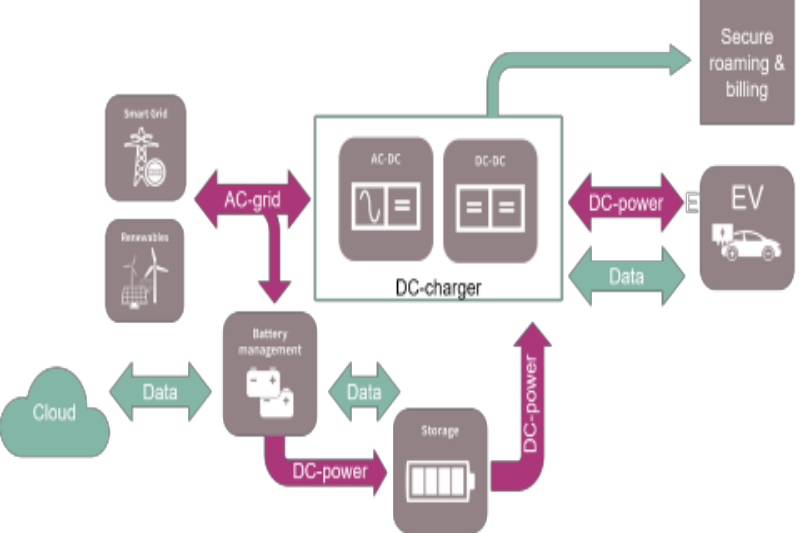Typically, a high-power DC charger converts an incoming three-phase AC power into the DC voltage required by the vehicle’s battery. A data transmission channel is required to exchange information about the vehicle and the battery’s state of charge. Finally, vehicle information and owner data are communicated through a secure data channel for billing purposes.
The three primary concerns in DC fast charger architecture are minimizing cooling efforts, providing high power density and reducing the overall size and cost of the system. High power density requires forced air cooling, which is standard today. However, the next generation of charging solutions will require liquid cooling driven by the system power density increase. Compact designs must consider higher switching speeds, in the range of 32 to 100 kHz, to reduce the size of magnetic components.
Post time: May-09-2023









